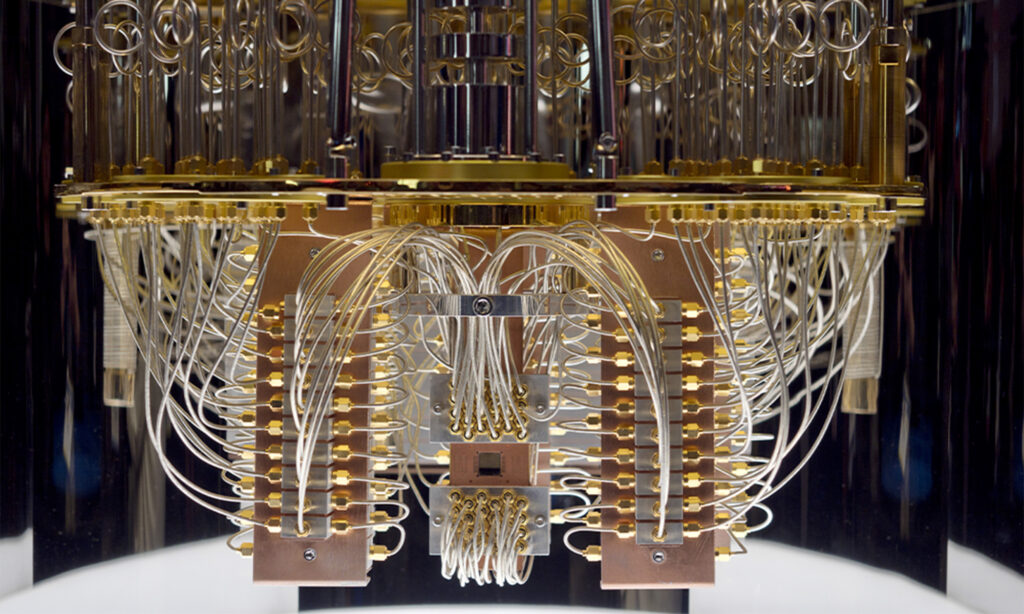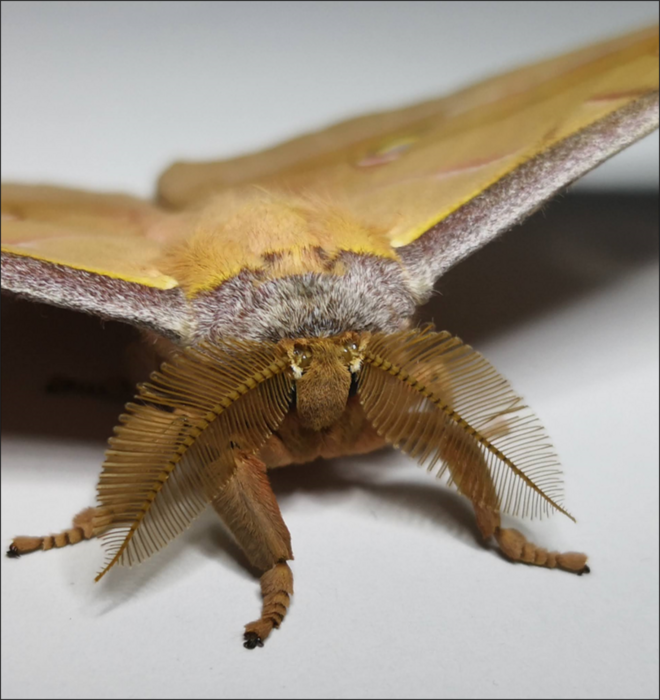Should this work make its way from the laboratory to the market it could prove helpful in the drive to move away from fossil fuels, from a July 15, 2022 news item on Nanowerk,
In the face of low electrolytic water splitting catalytic activity, the development of efficiency and stable electrolytic catalyst for hydrogen evolution reaction is critical necessary. Moreover, the rather high price with insufficient supply of noble mental namely platinum and palladium has become the obstacle of their large-scale applications.
A research group of Lixu Lei from Southeast University [China] and Fajun Li from Suzhou University just reported a novel graphene based NiSe2 [nickel diselenide] nanocrystalline array prepared through a two-step microwave and subsequent selenization treatment. They found their unique structural advantages —— the ultrafine uniform dispersion of NiSe2 nanocrystallines in the reduced graphite oxide as substrate has an additional synergistic effect on promoting the conductivity and stability.
…
A July 15, 2022 Higher Education Press news release on EurekAlert, which originated the news item, provides more detail about the work,
Nickel selenide electrocatalysts for hydrogen evolution reaction with high efficiency and low-cost, has favorable potential future application prospect. Nevertheless, the high overpotential and poor stability limited their practical applications. Carbon materials including graphene, carbon nanotubes etc. possess extraordinary thermal stability and electric conductivity, can be ideal protective skeleton structures of electrocatalysts. By combining the NiSe2 nanoparticles with graphene sheet in an in-situ growth manner assisted with microwave irradiation, the electrocatalytic performance of hydrogen evolution reaction was optimized remarkably in this work.
The electrocatalytic activity for hydrogen evolution reaction of the composite proven can reach up to 158 mV overpotential at 10 mA/cm2 and has an extremely stable performance in the 100 h H2 production test. These results provide a useful idea for the development of newly high efficiency electrocatalyst for hydrogen evolution reaction.
About Higher Education Press
Founded in May 1954, Higher Education Press Limited Company (HEP), affiliated with the Ministry of Education, is one of the earliest institutions committed to educational publishing after the establishment of P. R. China in 1949. After striving for six decades, HEP has developed into a major comprehensive publisher, with products in various forms and at different levels. Both for import and export, HEP has been striving to fill in the gap of domestic and foreign markets and meet the demand of global customers by collaborating with more than 200 partners throughout the world and selling products and services in 32 languages globally. Now, HEP ranks among China’s top publishers in terms of copyright export volume and the world’s top 50 largest publishing enterprises in terms of comprehensive strength.
The Frontiers Journals series published by HEP includes 28 English academic journals, covering the largest academic fields in China at present. Among the series, 13 have been indexed by SCI, 6 by EI, 2 by MEDLINE, 1 by A&HCI. HEP’s academic monographs have won about 300 different kinds of publishing funds and awards both at home and abroad.
About Frontiers in Energy
Frontiers in Energy, a peer-reviewed international journal launched in January 2007, presents a unique platform for reporting the most advanced research and strategic thinking on energy technology. The Journal publishes review and mini-review articles, original research articles, perspective, news & highlights, viewpoints, comments, etc. by individual researchers and research groups. The journal is strictly peer-reviewed and accepts only original submissions in English. The scope of the Journal covers (but not limited to): energy conversion and utilization; renewable energy; energy storage; hydrogen and fuel cells; carbon capture, utilization and storage; advanced nuclear technology; smart grids and microgrids; power and energy systems; power cells and electric vehicles; building energy conservation, energy and environment; energy economy and policy, etc. Interdisciplinary papers are encouraged.
Here’s a link to and a citation for the paper,
In situ growth of NiSe2 nanocrystalline array on graphene for efficient hydrogen evolution reaction by Shuai Ji, Changgan Lai, Huan Zhou, Helin Wang, Ling Ma, Cong Wang, Keying Zhang, Fajun Li & Lixu Lei. Frontiers in Energy (2022) DOI: https://doi.org/10.1007/s11708-022-0827-7 Published 10 June 2022
This paper is behind a paywall.


